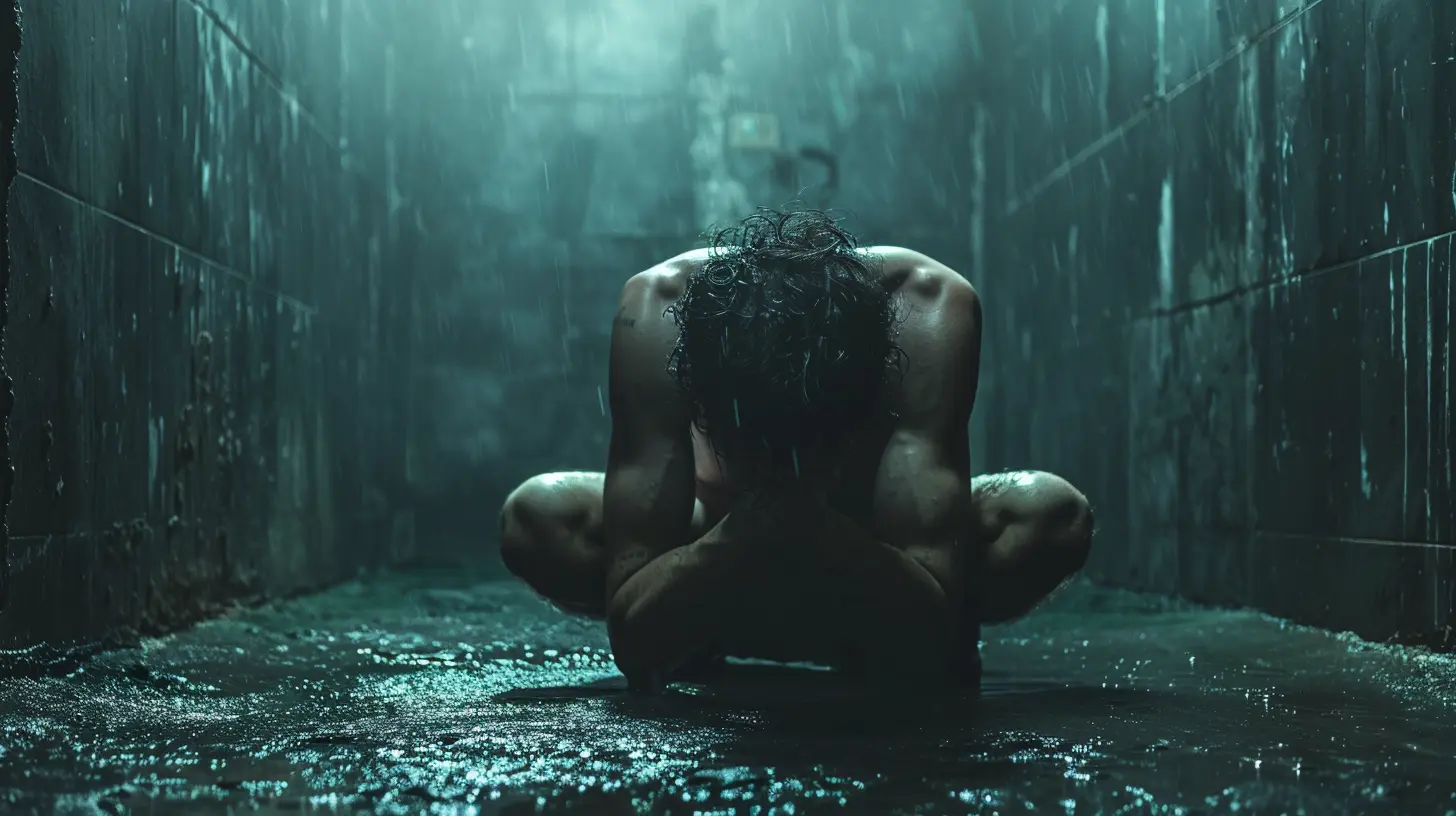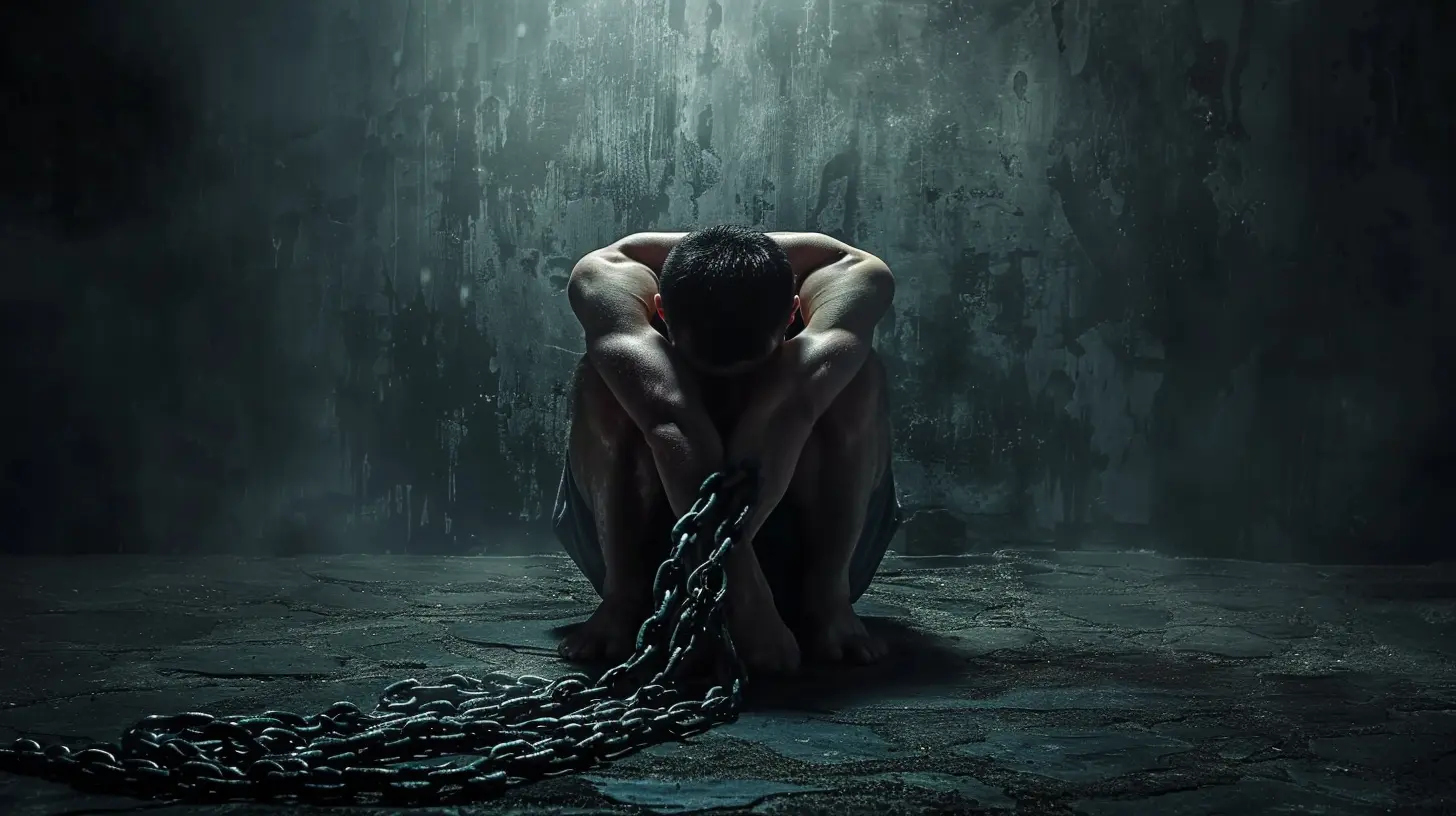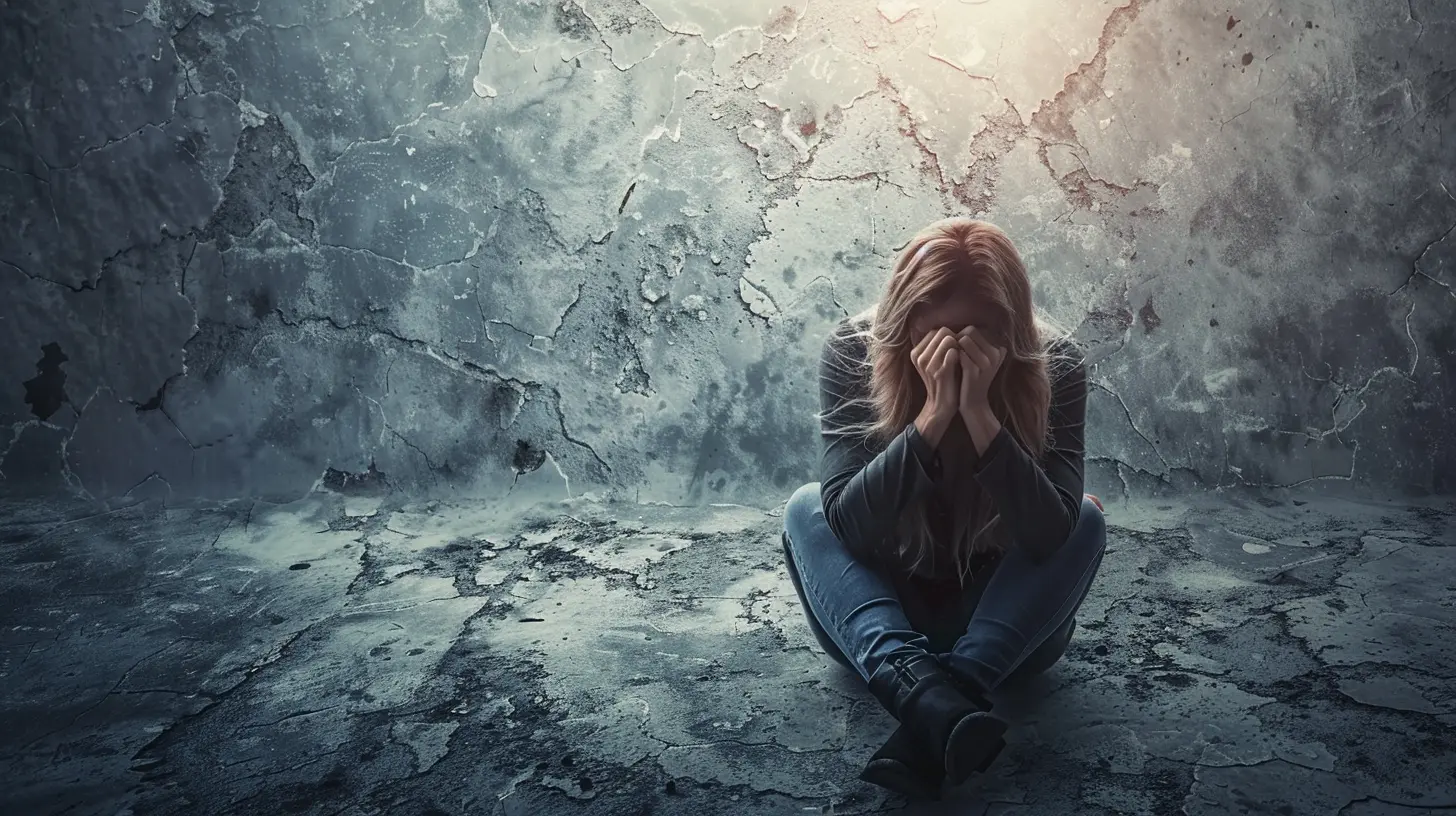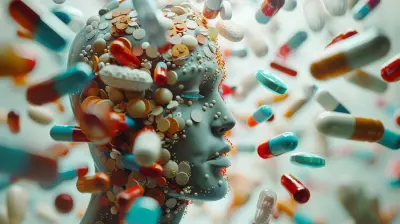How Shame and Guilt Perpetuate the Cycle of Addiction
21 November 2025
Addiction is a deeply personal battle. It's not just about the substances or behaviors themselves but also about the tangled web of emotions that fuel them. One of the most complex and damaging emotions involved? Shame. And right behind it? Guilt.
These two feelings—although often confused—play very different roles in addiction. Both can be the flicker that lights the flame, and both can keep that fire burning, even when someone truly wants to heal.
Let’s walk through what shame and guilt really are, how they show up in the cycle of addiction, and most importantly, how to break free from their grip.
Understanding Shame and Guilt: What's the Difference?
We throw around the words shame and guilt a lot, right? But they’re not the same thing.Guilt: "I did something wrong."
Guilt is tied to an action. It’s the voice telling you, “You messed up." Maybe you lied, hurt someone you love, or broke a promise. Guilt tells you that what you did wasn’t aligned with your values. And believe it or not—it can actually be helpful sometimes. It can motivate us to apologize, change our behavior, or grow.Shame: "There’s something wrong with me."
Shame is far heavier. It’s not about what you did—it’s about who you are. Shame whispers, “You’re not good enough,” or “You’re broken.” It attacks your very self-worth.See the difference? Guilt says, “I made a mistake.” Shame says, “I am a mistake.”
And trust me—when shame takes over, it doesn’t gently encourage change. It buries you beneath a weight that makes healing feel impossible.
The Role of Shame in Addiction
Shame isn’t always the cause of addiction, but for many people, it definitely plays a role in how it begins—and how it continues.Shame as the Starting Point
If you’ve grown up in a home where you were belittled, abandoned, or abused, that internal voice of shame can start early. Maybe you were told you’d never be enough, or maybe no one explicitly said it—but the message came through loud and clear.So what happens? You start to believe it. And when you believe you’re flawed at your core, you look for something—anything—to numb that unbearable feeling.
Enter the addictive behavior. Substances like alcohol, drugs, food, or even gambling become a way to run from that shame. For a moment, they offer relief. You feel okay. You feel in control. You feel... numb.
Shame During Addiction
But here’s the cruel trick: the very thing you turn to for relief often becomes the thing that deepens the shame.You start making choices you never thought you would. You lie to loved ones. You hide things. You sabotage opportunities. And the shame grows. It becomes a storm of self-hatred and regret.
"Why can't I stop?" becomes “What’s wrong with me?” And just like that, the cycle spins again.
Guilt: The Silent Partner in Addiction
While shame is louder and often more aggressive, guilt lurks in the background, quietly feeding the same cycle.Guilt and Regret
After a binge, a slip, or a destructive decision, guilt kicks in. You feel bad. You remember what you said to your partner, how you let your kids down—again. And that guilt eats away at you.You want to make it right, but you're overwhelmed. You feel stuck. The guilt feels too big to handle, and instead of talking about it or facing it, you go back to your coping mechanism—the addiction.
Guilt and Isolation
Guilt can also make you withdraw. “I don’t deserve support.” “They’d be better off without me.” Sound familiar? This isolation makes recovery harder because we all need connection in order to heal.
The Shame-Guilt-Addiction Loop
So, let’s map out how this works, step-by-step. It looks a little like this:1. You feel shame about who you are or past experiences.
2. You use drugs, alcohol, or another behavior to escape that shame.
3. That behavior leads to consequences—hurting others, lying, breaking promises.
4. Now guilt shows up—“I did something wrong.”
5. Guilt feeds more shame—“I’m a terrible person.”
6. To escape the growing shame and guilt… you use again.
And the cycle repeats.
It’s like being stuck on a hamster wheel you can’t jump off of. You’re exhausted, dizzy, and completely trapped. But here’s the thing—there IS a way off this wheel.
Why Shame and Guilt Keep You Stuck
We all want to feel good enough. We want to be loved, accepted, and safe. The problem? Shame and guilt convince us that we don’t deserve any of that.They whisper:
- “You’ll never change.”
- “They’ll never forgive you.”
- “You’re too far gone.”
And so we stay stuck. Not because we don’t want to change, but because we don’t believe we’re worthy of that change.
That belief is a lie.
Breaking the Cycle: Healing From Shame and Guilt
Alright, let’s talk about what really matters—how to break this cycle.Healing involves more than just quitting the addiction. It means unlearning the lies shame and guilt have told you.
1. Talk About It
Shame dies in safe places. Whether it’s a therapist, a support group, or a trusted friend, speaking your truth out loud can be the most freeing thing you do.When you hear someone else say, “Me too,” it chips away at shame’s power.
2. Separate Shame From Identity
You are not your addiction. You are not your mistakes. You are not your worst moment.Start practicing the kind of language that separates behavior from identity. Instead of “I’m a failure,” try “I’ve made some really hard choices, but I’m working on them.”
Sounds cheesy? Maybe. But it works.
3. Learn Self-Compassion
We’re way harder on ourselves than anyone else could ever be. Start noticing the way you talk to yourself. If it’s cruel, try asking: Would I say this to someone I love?If not, why am I saying it to myself?
Self-compassion isn’t about letting yourself off the hook—it’s about giving yourself a chance to grow.
4. Make Amends—When You're Ready
Working through the guilt often means making things right. But here’s the key: do it when you're emotionally ready. Rushing into apologies too early can backfire.Therapists and programs like the 12 Steps are helpful here. They help you make peace with your past in a way that’s safe, honest, and healing—not shame-inducing.
5. Redefine Your Story
You are not the villain in your story. You’re the main character going through some seriously heavy stuff. The addiction doesn’t define you—your strength, your growth, your healing does.It’s okay to rewrite your narrative. In fact, it’s necessary.
Moving Forward: A Life Beyond Shame and Guilt
Here’s the truth that shame doesn’t want you to know: you are worthy of healing. Right now. As you are.You don’t need to “fix everything” before you start. You don’t need to punish yourself for your past. What you need is hope, support, and a little grace.
Addiction recovery is not about becoming a perfect person. It’s about becoming a whole one. That means embracing the messy, the broken, and the beautiful parts of yourself.
And yes, it’s hard. But every day you choose healing over hiding, freedom over fear—you take a step closer to who you really are underneath the addiction.
That's the power of vulnerability. That’s the beginning of real transformation.
Final Thoughts
Shame and guilt are sneaky, powerful emotions. Left unchecked, they can keep someone trapped in the cycle of addiction for years—even decades. But when you begin to name them, understand them, and challenge them? That’s where freedom begins.You’re not alone. You’re not broken. You’re human.
And healing is absolutely possible.
all images in this post were generated using AI tools
Category:
AddictionAuthor:

Gloria McVicar

